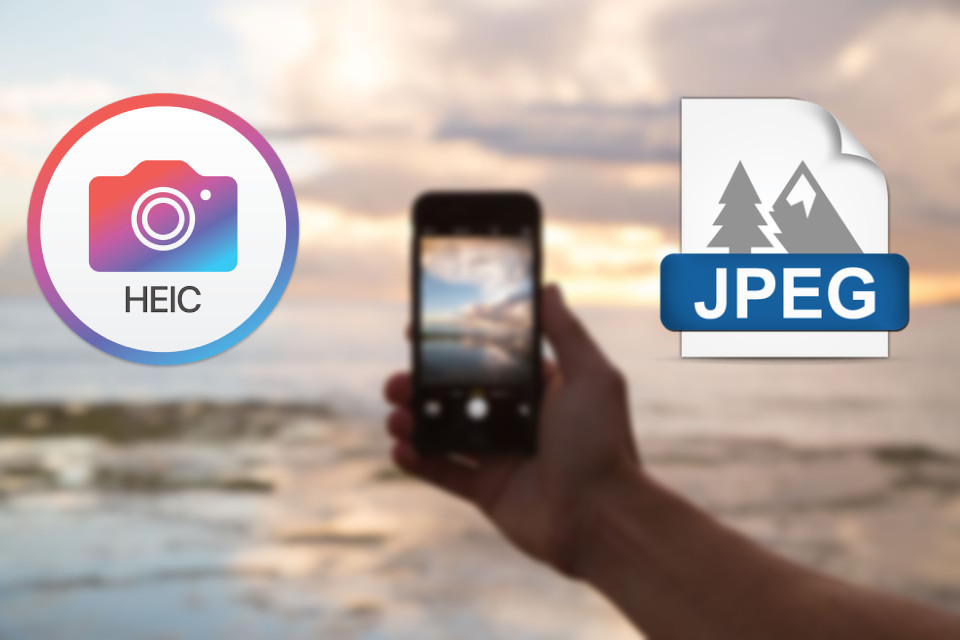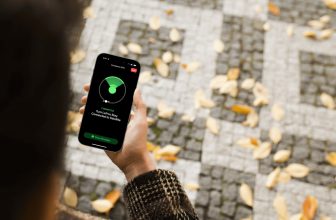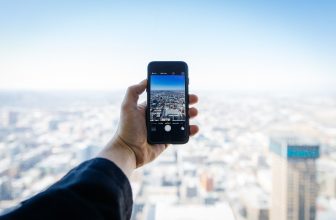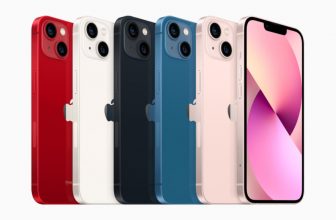
If you ever try to get your photos from your Apple devices to a personal computer, especially on the windows system, you might have encountered trouble opening them as these photos format aren’t the ones that can be opened on the computer normally.
There’s always extended effort needed to get it open on the computer to use it for editing or for other purposes. This is due to the fact that some iPhones store photos in HEIC files format rather than JPEG format.
You can go ahead with using extensions, converters, applications, etc. Alternatively, you can change HEIC Photos to JPEG Photos in your Apple iPhone, iPad, etc.
So that your devices save the photos files in JPEG format that you can use for editing, transferring, or sharing these files with different devices, as JPEG format is compatible with the huge number of devices.
Apple keeps your photos in HEIC format because it saves space on your mobile devices. However, they do not have the same level of compatibility as JPEG files.
How to Change HEIC to JPEG Photos in iOS/Apple devices?
You can quickly set your iPhone to snap images in JPEG format, which means you won’t have to convert HEIC files again. Follow the steps to make your device snap photos in JPEG photos format instead of the default HEIC format.
- Go to Settings.
- Then head over to the Camera.
- Tap Formats.
- Finally, select Most Compatible instead of High Efficiency.
This will ensure that future images are saved as JPEGs, making file transfers from your iPhone to your PC considerably fast.
4K and 60fps videos will still be saved in the HEIC format, as the settings specify because this way of recording takes up a lot of space. Although this may appear inconvenient, if you record 4K videos without HEIC, you won’t have much available storage on your iPhone for longer.
Is HEIC better than JPEG Photos?
Yes, HEIC is better than JPG in many aspects, particularly in terms of compressing images into small files without losing the quality of the image. The issue of what applications and devices support HEIC is the sticking point.
Even though more developers are using HEIC every day, it is still not as widely used as the tried-and-true JPG format.
While inconvenient now, HEIC photos might prove valuable in the future. However, you may still save your images in JPEG format without losing quality for the time being.
If you’re wondering what is these format types and why Apple devices choose to go for the HEIC format rather than the widely used and accepted JPEG format. Let’s get the snapshots of these formats.
What is HEIC?
HEIC files include single or multiple images saved in the High-Efficiency Image Format (HEIF), a file format most typically used to save photos on iOS devices.
It includes an image or series of photos, as well as metadata detailing each image, that was most likely generated using the Camera app on an iPhone or iPad. HEIC files are usually stored as .heic files, although they can also be saved as .HEIF files.
Apple devices running iOS 11 and later began employing the High-Efficiency Image Format (HEIF) for image coding in 2017. HEIC was the name given to Apple’s implementation of this format (High-Efficiency Image Coding).
HEIC images are nearly twice as light as JPEGs of equivalent quality, and they enable your iPhone to capture extremely high-quality photos.
What is JPEG?
The JPEG file format was created by the workgroup in 1992. JPEG files are images that have been compressed using a lossy algorithm, which means that part of the data in the original image file has been lost. These losses are unnoticeable to the human eye.
Joint Photographic Experts Group or JPEG is a standard picture format for storing lossy and compressed photo data. JPEG photos retain reasonable image quality despite the enormous reduction in file size.
These files are widely used on the Web, computers, and mobile devices because of their unique compressing feature. JPEG photographs are easy to share since they are efficient and quick.
A huge number of JPEG photo files may also be saved in a little amount of space. JPEG files can also include lossless compression high-quality photo data.






